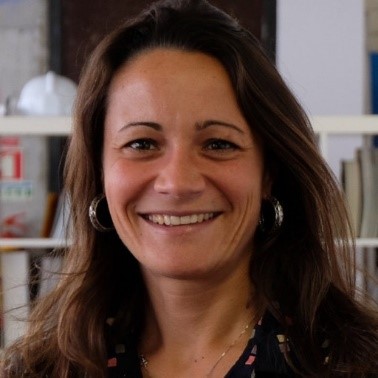Sustainable Urbanism and Architecture
A special issue of Sustainability (ISSN 2071-1050). This special issue belongs to the section "Tourism, Culture, and Heritage".
Deadline for manuscript submissions: closed (29 April 2020) | Viewed by 46259
Special Issue Editors
Interests: development of knowledge and methodologies for the sustainability of the built environment; integration of sustainability principles in regional and urban planning; architecture and sustainable construction; housing policies and programs; urban regeneration; rehabilitation of informal areas in developing countries; sustainable urban planning and architecture; renewable energies; energy efficiency in urbanism and architecture
Special Issues, Collections and Topics in MDPI journals
Interests: sustainable urban development; public policies; planning process; land-use changes; energy transition; net zero carbon cities; green infrastructures and nature-based solutions
Special Issues, Collections and Topics in MDPI journals
Special Issue Information
Dear Colleagues,
This Special Issue addresses the topic of “Sustainable Urbanism and Architecture” as a way to contribute to sustainable development. Sustainability is often understood as a result of a fair balance between the environment and the social and economic dimensions of human activities on the planet.
Interventions in the urban environment are the result of an integrated blend of urbanism and architecture—the design framework for reinventing the development models of societies. Today, these actions have shaped such spaces at different scales of intervention but always from a local perspective.
The opportunity to rethink and reinvent the city revolves around the development of more social and shared spaces in the city, using urbanism and architecture to deal with numerous issues, such as the climate, energy, water, and local materials and their reuse, as well as the improvement of mobility through smart zoning and the promotion of the circular economy in which efforts to reduce, reuse, and recycle are prioritized.
Another theme is the role of sustainability in the built environment, which can be increased through its assessment by using certification systems that allow us to estimate the level of efficiency and sustainability that must be achieved during the pre-design process and after the implementation of a project.
This Special Issue welcomes articles that discuss challenges to and opportunities for the implementation of sustainable urbanism and architecture, in all its aspects. Topics may be theoretical, technical, or focused on specific case studies; offer management or governance approaches; or be project-focused or more holistic approaches. Manuscripts that explore cultural, social, or economic considerations with respect to the built environment are also welcome.
Prof. Dr. Miguel Amado
Prof. Dr. Francesca Poggi
Guest Editors
Manuscript Submission Information
Manuscripts should be submitted online at www.mdpi.com by registering and logging in to this website. Once you are registered, click here to go to the submission form. Manuscripts can be submitted until the deadline. All submissions that pass pre-check are peer-reviewed. Accepted papers will be published continuously in the journal (as soon as accepted) and will be listed together on the special issue website. Research articles, review articles as well as short communications are invited. For planned papers, a title and short abstract (about 100 words) can be sent to the Editorial Office for announcement on this website.
Submitted manuscripts should not have been published previously, nor be under consideration for publication elsewhere (except conference proceedings papers). All manuscripts are thoroughly refereed through a single-blind peer-review process. A guide for authors and other relevant information for submission of manuscripts is available on the Instructions for Authors page. Sustainability is an international peer-reviewed open access semimonthly journal published by MDPI.
Please visit the Instructions for Authors page before submitting a manuscript. The Article Processing Charge (APC) for publication in this open access journal is 2400 CHF (Swiss Francs). Submitted papers should be well formatted and use good English. Authors may use MDPI's English editing service prior to publication or during author revisions.
Keywords
- Sustainability
- Urbanism
- Architecture
- Sustainable design
- Sustainable construction






